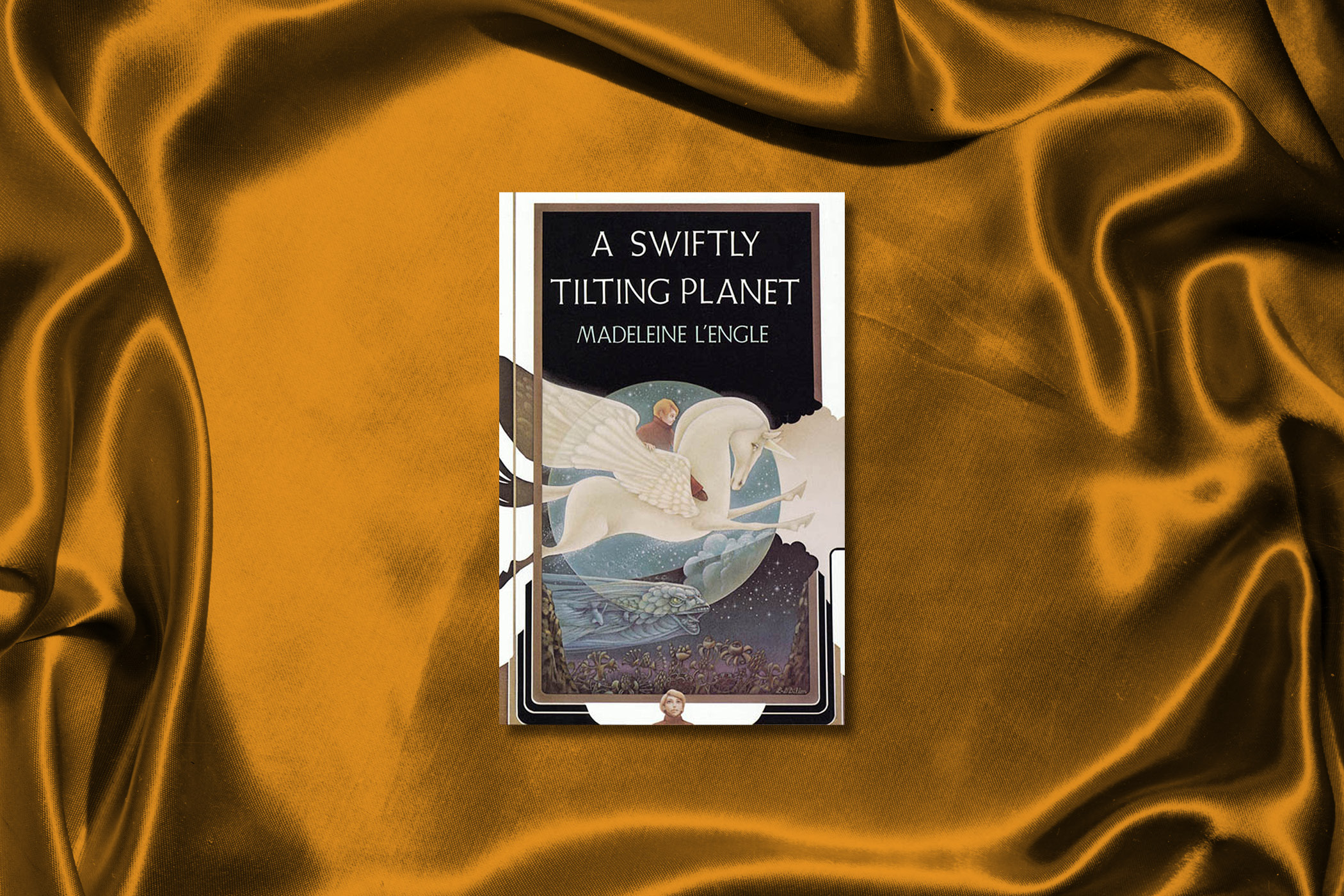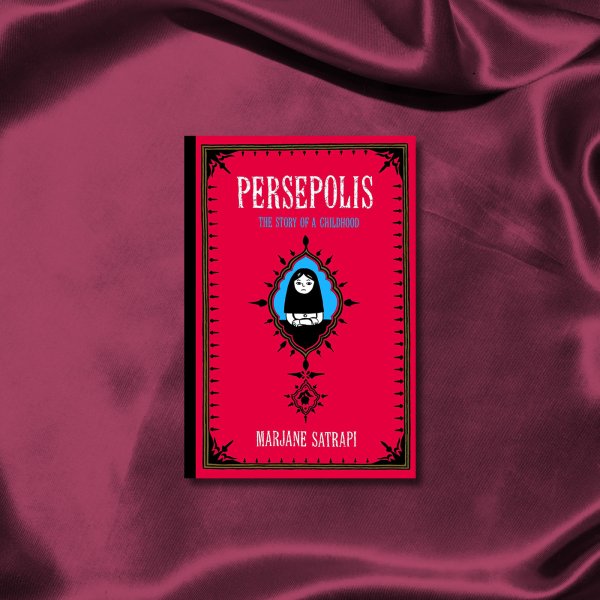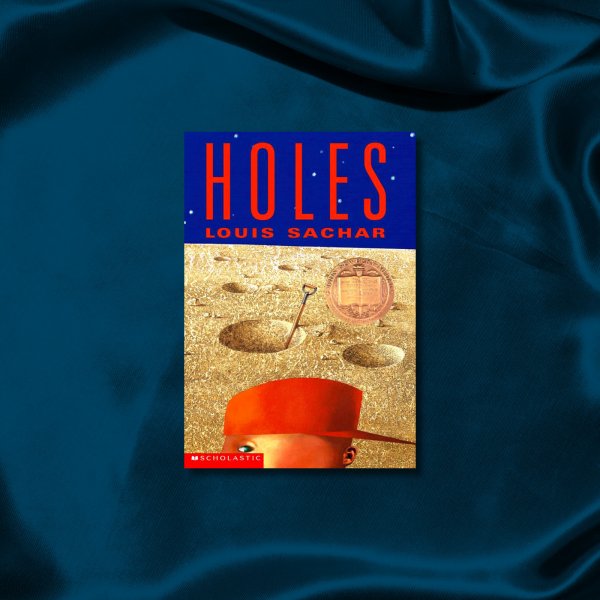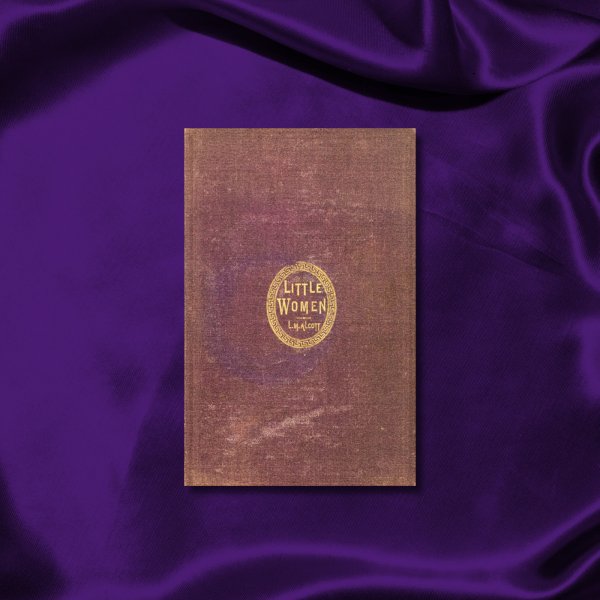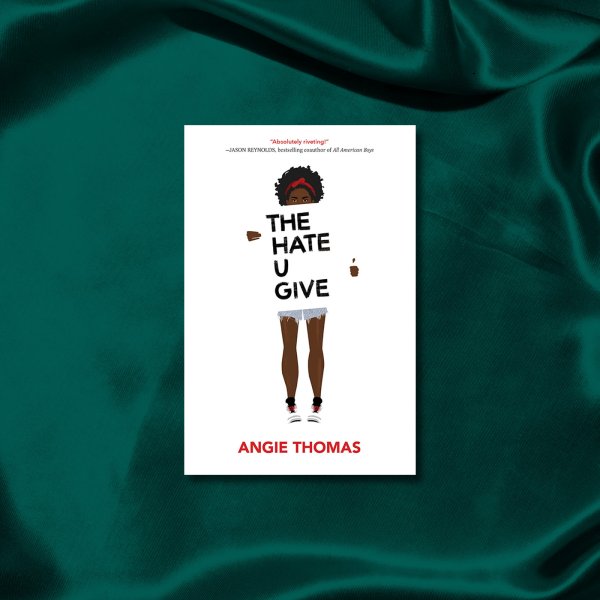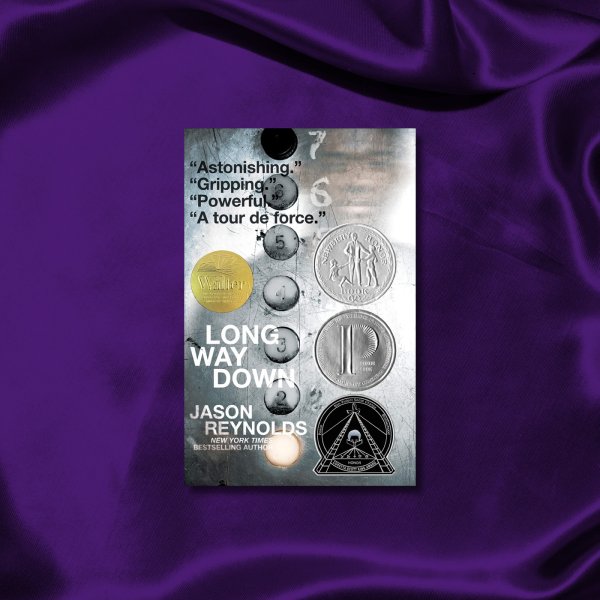Though less ubiquitous than its older sibling A Wrinkle in Time, the third installment in Madeleine L’Engle’s Time Quintet has cultivated no less devoted a following since its publication in 1978. Where Wrinkle sent protagonist Meg Murry, her wiz-kid baby brother Charles Wallace and her future husband Calvin on a journey through space, A Swiftly Tilting Planet remains earth-bound, traversing time. In this National Book Award winner, it is not Meg but instead the now-teenaged Charles Wallace who must save humanity from nuclear destruction at the hands of a dictator. With the help of a winged unicorn, he travels to bygone eras in human history to inhabit the bodies of several figures from the past, including a pre-Columbian explorer and a Civil War-era writer, ultimately forging a more peaceful future by perceiving the past through their eyes. The book both complicates ideas about free will introduced earlier in the quintet and raises tricky questions about genetic destiny; it also includes problematic racial descriptions which demand deliberate conversations with young readers. Its legacy persists, on the strength of its lyrical prose and sense of wonder, trademarks of the body of work L’Engle left behind. —Eliza Berman
Buy Now: A Swiftly Tilting Planet on Bookshop | Amazon
- Cybersecurity Experts Are Sounding the Alarm on DOGE
- Meet the 2025 Women of the Year
- The Harsh Truth About Disability Inclusion
- Why Do More Young Adults Have Cancer?
- Colman Domingo Leads With Radical Love
- How to Get Better at Doing Things Alone
- Michelle Zauner Stares Down the Darkness
